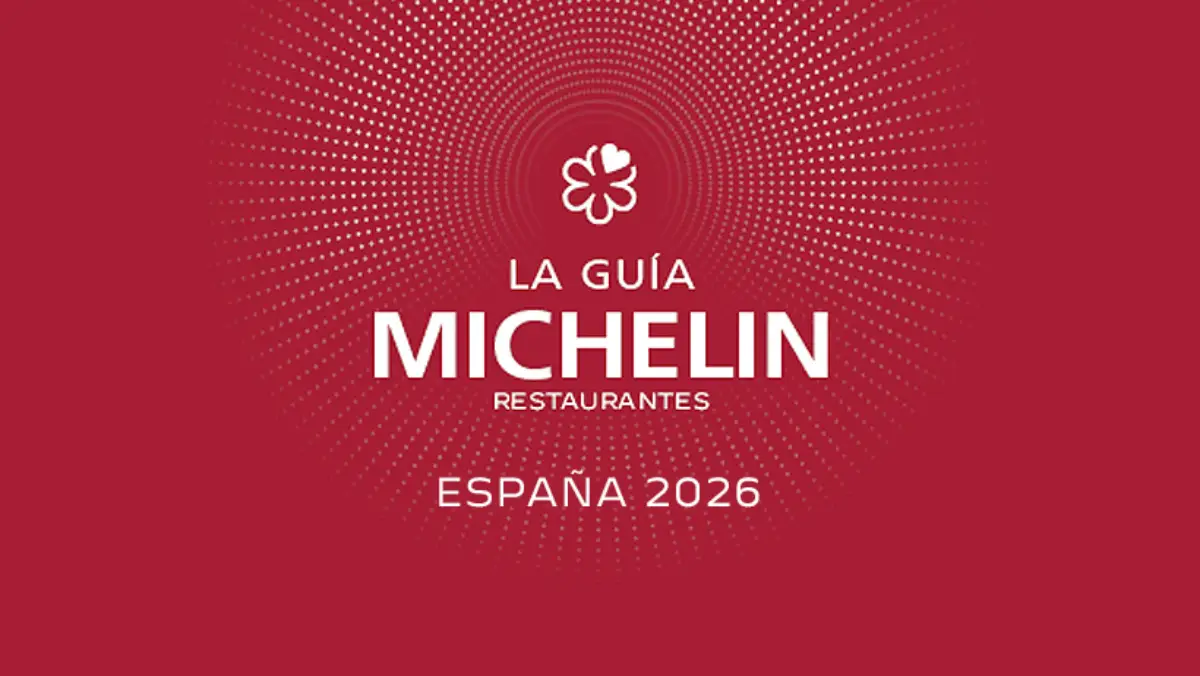Spain expands its Michelin map with new stars from cities to small towns as the 2026 edition of the MICHELIN Guide Spain & Andorra highlights 307 Starred restaurants across the country.
The guide confirms 16 Three-Star restaurants, 37 with Two Stars and 254 with One Star, reflecting both the consolidation of long-established venues and the rise of new culinary projects.
The announcement follows a year of inspections across mainland Spain and the islands. MICHELIN Inspectors report that the country is experiencing “one of its finest moments,” noting renewed excellence among historic restaurants and strong growth in emerging destinations. Five establishments move into the Two-Star category, while 25 restaurants secure One Star for the first time.
New Two-Star Entrants and Regional Highlights
The 2026 guide maintains Spain’s group of 16 Three-Star restaurants, including Arzak and Akelaŕe, while restaurants such as Casa Marcial, Disfrutar and Noor retain their recent top-tier status. Inspectors affirm that each continues to deliver “a level of excellence down to the finest detail,” with menus that shape contemporary haute cuisine.
Five restaurants receive Two Stars for the first time, expanding the second-highest category in notable culinary hubs. In Barcelona, Aleia stands out for its ingredient-driven style, Enigma is recognized for its consistent creativity and Mont Bar elevates tapas with a technical approach. Inland, La Boscana earns Two Stars for its focus on fruit-based innovation within modern Catalan cuisine. In Madrid, the newly opened Ramón Freixa Atelier is awarded Two Stars for its balance of tradition and avant-garde techniques.
Inspectors say the spread of new accolades demonstrates that talent is “found in every corner of Spain,” from large cities to remote landscapes. The guide also points to an expanding national footprint that includes both metropolitan concentration and rural culinary discovery.
Growth Beyond Major Cities
Large urban centers continue to host the highest density of Starred restaurants, driven by intersecting food cultures, strong hospitality demand and steady tourism. New One-Star additions inside cities include Kamikaze and SCAPAR in Barcelona, EMi and Èter in Madrid, Palodú in Málaga and Itzuli in Donostia-San Sebastián.
However, small towns and rural destinations also receive new recognition. Inspectors highlight Casa Rubén in the Aragonese Pyrenees, which integrates mountain surroundings into its culinary identity, and Vértigo, located atop a cliff in the Ribeira Sacra. These establishments demonstrate the guide’s continued emphasis on regional diversity.
Andalusia posts one of the year’s strongest regional performances. Five of its eight provinces secure new Stars, including Mare in Cádiz, ReComiendo in Córdoba, Faralá in Granada, Palodú in Málaga and Ochando in Sevilla. The guide notes that these additions reflect a strengthening of southern Spain’s gastronomic presence.
Traditional Cooking and Local Ingredients Reinterpreted
The 2026 edition identifies a revival of home-style cooking reimagined for contemporary dining. Inspectors report that many newly Starred restaurants “champion local recipes,” adapting traditional dishes with modern technique and regional interpretation. Among them, La Revelía earns recognition for its Basque foundations, while Ancestral presents an updated approach to cuisine from La Mancha.
Commitment to local ingredients remains central to this trend. Restaurants such as Islares in Bilbao, Taller Seve Diaz in Tenerife and Barahonda in Murcia receive One Star for menus that emphasize seasonal products and collaboration with local growers. Inspectors describe this ethos as “something of a mantra” among the new entries.
The guide also highlights restaurants that integrate international influences into regional Spanish cuisine. Regueiro in Tox and Rubén Miralles in Vinaròs reinterpret local traditions through techniques and flavors from Asia and South America. These additions illustrate how global culinary perspectives continue to influence Spanish fine dining.
Several newly Starred restaurants are located within MICHELIN Key-rated hotels, reflecting a growing alignment between high-level dining and upscale accommodations. Examples include Akelaŕe in San Sebastián, Atrio in Cáceres, Deessa in the Mandarin Oriental Ritz in Madrid and Canfranc Express in Aragón, housed in a restored railway complex that has earned Two MICHELIN Keys.
The 2026 MICHELIN Guide reinforces Spain’s position as one of Europe’s most dynamic culinary destinations. With new Stars distributed across major cities, mid-sized towns and remote regions, the country’s restaurant landscape shows continued expansion and diversification ahead of the coming travel season. Explore the full list of the country’s MICHELIN Stars.
